Home>Gardening & Outdoor>Landscaping Ideas>Who Cuts The Grass On The Highway
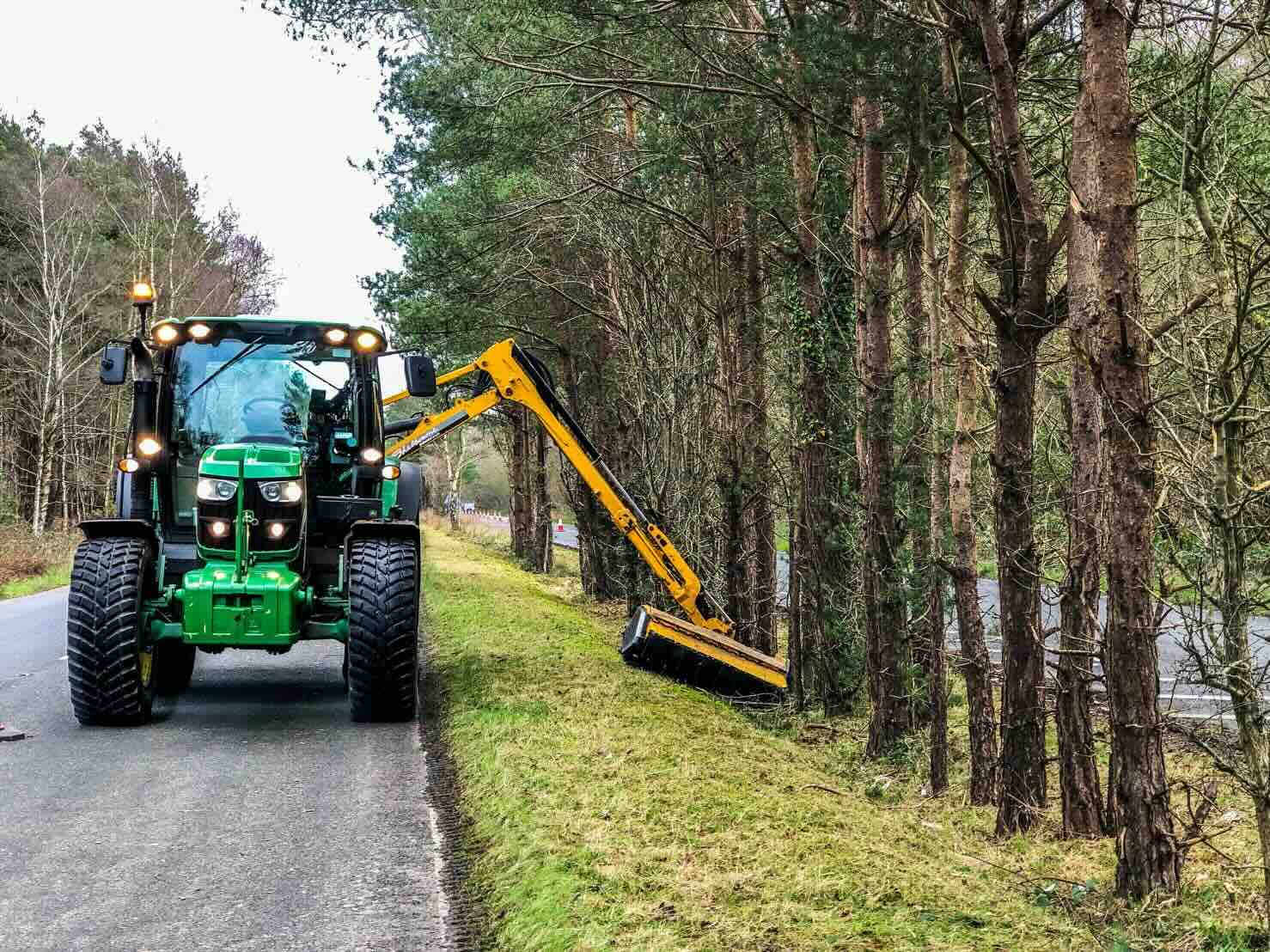

Landscaping Ideas
Who Cuts The Grass On The Highway
Published: February 1, 2024
Discover expert landscaping ideas and tips for maintaining highway grass. Learn who cuts the grass on the highway and how to improve your own landscaping efforts.
(Many of the links in this article redirect to a specific reviewed product. Your purchase of these products through affiliate links helps to generate commission for Storables.com, at no extra cost. Learn more)
Introduction
Maintaining the lush greenery and manicured appearance of highways and roadsides is a task that often goes unnoticed by the average traveler. Yet, the sight of neatly trimmed grass and well-kept landscapes contributes significantly to the overall aesthetics and safety of our roadways. Have you ever wondered who is responsible for keeping the grass on the highway perfectly trimmed and the roadside areas well-maintained?
The answer lies in the meticulous efforts of various entities, including the Department of Transportation and private contractors. These stakeholders play a crucial role in ensuring that our highways and roadsides remain visually appealing and safe for all travelers. In this article, we will delve into the intricacies of this often-overlooked aspect of landscaping and explore the diverse factors that come into play.
From the methods employed to maintain the greenery to the environmental considerations and safety measures, there is a myriad of elements that contribute to the upkeep of our highways and roadsides. Understanding the multifaceted nature of this undertaking sheds light on the significance of the work carried out by those responsible for maintaining these vital public spaces.
As we embark on this exploration, we will gain a deeper appreciation for the concerted efforts that go into preserving the beauty and functionality of our roadways. Join us as we uncover the fascinating world of highway landscaping and gain insight into the individuals and processes that make it all possible.
Key Takeaways:
- Highway landscaping involves the DOT and private contractors working together to create beautiful, eco-friendly, and safe roadside environments, benefiting everyone who travels on the roads.
- Environmental considerations and safety measures are crucial in highway landscaping, ensuring that native plants, sustainable practices, and worker safety are prioritized for a harmonious and secure roadside experience.
Read more: Who Cuts Grass
The Role of Department of Transportation
The Department of Transportation (DOT) plays a pivotal role in overseeing the maintenance and landscaping of highways and roadsides. Tasked with ensuring the safety and functionality of transportation infrastructure, the DOT is responsible for implementing and supervising landscaping initiatives that contribute to the overall well-being of roadways.
One of the primary responsibilities of the DOT is to establish landscaping guidelines and standards for highway maintenance. These guidelines encompass a wide range of considerations, including the selection of suitable plant species, the frequency of mowing and trimming, and the implementation of erosion control measures. By setting these standards, the DOT aims to create visually appealing landscapes while also promoting environmental sustainability and safety.
In addition to establishing guidelines, the DOT is involved in the planning and execution of landscaping projects along highways. This involves conducting thorough assessments of the natural landscape, identifying areas in need of landscaping or vegetation management, and devising comprehensive plans to address these needs. By leveraging their expertise in horticulture, environmental conservation, and landscape design, the DOT ensures that the landscaping efforts align with the ecological and aesthetic requirements of the surrounding areas.
Furthermore, the DOT oversees the allocation of resources and funding for landscaping projects. This includes budgeting for the procurement of landscaping equipment, the hiring of skilled personnel, and the acquisition of plant materials. By strategically managing these resources, the DOT strives to optimize the efficiency and effectiveness of landscaping activities, ultimately enhancing the overall appearance and functionality of highways and roadsides.
Moreover, the DOT collaborates with various stakeholders, including local governments, environmental agencies, and community organizations, to garner support for landscaping initiatives. By fostering partnerships and engaging with the community, the DOT seeks to promote a shared sense of responsibility for the upkeep of highways and roadsides, thereby fostering a collective commitment to preserving the natural beauty of these public spaces.
In essence, the Department of Transportation serves as a custodian of highway landscaping, wielding its expertise and authority to ensure that the visual appeal, environmental sustainability, and safety of our roadways are upheld to the highest standards. Through its multifaceted role, the DOT contributes significantly to creating a harmonious coexistence between transportation infrastructure and the natural landscape, enriching the travel experience for all road users.
Outsourcing to Private Contractors
Outsourcing landscaping and maintenance tasks to private contractors is a common practice employed by the Department of Transportation (DOT) to effectively manage the upkeep of highways and roadsides. Private contractors bring a wealth of specialized expertise and resources to the table, enabling them to execute landscaping projects with precision and efficiency.
When the DOT opts to outsource landscaping responsibilities, it often does so through a competitive bidding process. This process allows the DOT to solicit proposals from various private contractors, who submit detailed plans outlining their approach to landscaping, the resources they will deploy, and the cost estimates for the project. By engaging in this competitive selection process, the DOT can identify contractors with the requisite skills and capabilities to undertake landscaping projects in accordance with established standards and guidelines.
Once selected, private contractors assume the responsibility of executing a wide array of landscaping tasks, including mowing, trimming, planting, and irrigation system maintenance. These tasks are carried out with meticulous attention to detail, as contractors strive to uphold the visual appeal and ecological balance of the roadside landscapes. Additionally, contractors are often tasked with implementing erosion control measures to mitigate the impact of natural elements on the roadside terrain.
The involvement of private contractors in highway landscaping brings a host of benefits to the table. Contractors are equipped with state-of-the-art landscaping equipment and machinery, enabling them to carry out tasks with heightened efficiency and precision. Moreover, their specialized knowledge of horticulture and landscape management allows them to make informed decisions regarding plant selection, maintenance schedules, and pest control measures, contributing to the overall health and vibrancy of the roadside vegetation.
Furthermore, outsourcing to private contractors allows the DOT to leverage the flexibility and scalability of contractor services. During peak seasons or in response to specific landscaping needs, contractors can swiftly mobilize their resources to address the requirements of different highway segments. This agility ensures that landscaping activities remain responsive to the dynamic conditions of the natural environment and the evolving needs of the transportation infrastructure.
In essence, the collaboration between the DOT and private contractors underscores the synergistic partnership that drives the maintenance and enhancement of highway landscapes. By entrusting contractors with the task of preserving the visual allure and ecological integrity of our roadways, the DOT harnesses the expertise and capabilities of the private sector to realize its vision of sustainable and aesthetically pleasing highway landscapes.
You can contact your local Department of Transportation to find out which agency is responsible for maintaining the highways in your area. They can provide you with information on who cuts the grass along the highways.
Environmental Considerations
Environmental considerations are paramount in the realm of highway landscaping, as they encompass a diverse array of factors that directly impact the ecological balance and sustainability of roadside environments. The meticulous management of these considerations is essential to ensure that landscaping efforts harmonize with the natural landscape and contribute to the overall well-being of the ecosystem.
One of the foremost environmental considerations in highway landscaping is the selection of plant species. Native plants are often favored for their ability to thrive in local climates and soil conditions, requiring minimal irrigation and maintenance. By incorporating native species into roadside landscapes, the Department of Transportation (DOT) and private contractors can minimize the need for excessive water consumption and chemical inputs, thereby promoting ecological resilience and biodiversity.
Furthermore, the use of sustainable landscaping practices, such as xeriscaping and integrated pest management, plays a pivotal role in reducing the environmental impact of highway landscaping. Xeriscaping techniques focus on water conservation by utilizing drought-tolerant plants and efficient irrigation systems, thereby mitigating the strain on local water resources. Integrated pest management involves the strategic deployment of natural predators and environmentally friendly pest control methods to maintain the health of roadside vegetation without resorting to harmful chemical interventions.
Erosion control measures are also integral to environmental considerations in highway landscaping. The implementation of erosion control blankets, bioengineering techniques, and vegetative stabilization helps safeguard the integrity of the roadside terrain, preventing soil erosion and sediment runoff into adjacent water bodies. By fortifying the stability of the soil and vegetation, these measures contribute to the preservation of natural habitats and the prevention of ecological disturbances.
Moreover, the promotion of pollinator-friendly habitats along highways underscores the commitment to environmental sustainability. Planting pollinator-attractant species and creating designated pollinator corridors fosters the proliferation of essential pollinators, such as bees and butterflies, which play a crucial role in maintaining the reproductive cycles of native flora. This initiative not only enhances the visual appeal of roadside landscapes but also bolsters the ecological resilience of the surrounding ecosystem.
In essence, environmental considerations in highway landscaping encapsulate a holistic approach to nurturing the natural environment while enhancing the visual aesthetics of roadways. By integrating sustainable practices, prioritizing native flora, and implementing erosion control measures, the DOT and private contractors demonstrate a steadfast dedication to preserving the ecological integrity of highway landscapes, ensuring that these vital public spaces thrive in harmony with the surrounding environment.
Safety Measures
Safety is a paramount concern in the realm of highway landscaping, and the implementation of robust safety measures is integral to safeguarding the well-being of both maintenance personnel and the traveling public. The Department of Transportation (DOT) and private contractors are steadfast in their commitment to upholding stringent safety protocols to mitigate potential hazards and ensure a secure working environment within the dynamic setting of highway landscapes.
One of the fundamental safety measures employed in highway landscaping is the adherence to comprehensive training and certification programs for personnel involved in maintenance activities. Equipping workers with the requisite knowledge of landscaping equipment operation, hazard recognition, and emergency procedures is essential to fostering a culture of safety consciousness. By empowering personnel with the skills and awareness necessary to navigate potential risks, the DOT and private contractors fortify the foundation of a safe and secure work environment.
Furthermore, the utilization of high-visibility apparel and personal protective equipment (PPE) is a cornerstone of safety protocols in highway landscaping. Maintenance personnel are outfitted with reflective clothing, hard hats, eye protection, and hearing protection to enhance their visibility and shield them from potential workplace hazards. This proactive approach to personal safety equipment ensures that workers remain conspicuous and well-protected while carrying out landscaping tasks in the proximity of vehicular traffic.
In addition to personal protective equipment, the implementation of traffic control measures is instrumental in mitigating the risks associated with working alongside active roadways. Temporary traffic control devices, including cones, barricades, and signage, are strategically deployed to delineate work zones and alert motorists to the presence of maintenance activities. By establishing clear boundaries and communicating effectively with road users, the DOT and private contractors minimize the likelihood of accidents and promote a harmonious coexistence between maintenance operations and vehicular traffic.
Moreover, the maintenance and inspection of landscaping equipment play a pivotal role in upholding safety standards. Regular equipment maintenance, including blade sharpening, engine servicing, and safety system checks, ensures that landscaping machinery operates at peak efficiency and poses minimal risk of malfunction. Additionally, stringent equipment inspection protocols are enforced to identify and rectify any potential safety hazards, thereby preempting the occurrence of equipment-related incidents during landscaping operations.
In essence, safety measures in highway landscaping epitomize a proactive and comprehensive approach to mitigating risks and prioritizing the well-being of personnel and road users. Through rigorous training, the deployment of personal protective equipment, meticulous traffic control, and stringent equipment maintenance, the DOT and private contractors demonstrate an unwavering commitment to fostering a safe and secure environment within the dynamic landscape of highway maintenance.
Read more: When To Cut The Grass
Conclusion
In conclusion, the meticulous landscaping of highways and roadsides is a multifaceted endeavor that encompasses the collaborative efforts of the Department of Transportation (DOT), private contractors, and a comprehensive array of environmental and safety considerations. The seamless integration of these elements culminates in the creation and maintenance of visually captivating, ecologically sustainable, and safe landscapes that enrich the travel experience for all road users.
The role of the DOT in establishing and enforcing landscaping guidelines and standards underscores its commitment to upholding the visual appeal and environmental integrity of highway landscapes. By leveraging its expertise in horticulture, environmental conservation, and resource management, the DOT serves as a steward of highway landscapes, ensuring that the natural beauty of these public spaces is preserved in harmony with transportation infrastructure.
The collaboration between the DOT and private contractors exemplifies the synergy between public and private entities in realizing the vision of sustainable and aesthetically pleasing highway landscapes. Through competitive bidding processes and the deployment of specialized resources, private contractors contribute their expertise to execute landscaping projects with precision and efficiency, further enhancing the allure of roadside environments.
Environmental considerations, including the selection of native plant species, sustainable landscaping practices, erosion control measures, and the promotion of pollinator-friendly habitats, underscore the commitment to ecological sustainability in highway landscaping. By prioritizing the preservation of natural habitats and the mitigation of environmental impact, the DOT and private contractors demonstrate a steadfast dedication to nurturing the ecological balance of roadside landscapes.
Safety measures form the bedrock of a secure working environment within the dynamic setting of highway landscapes. Through comprehensive training, the deployment of personal protective equipment, meticulous traffic control, and stringent equipment maintenance, the DOT and private contractors prioritize the well-being of maintenance personnel and the traveling public, ensuring that landscaping activities unfold in a safe and secure manner.
In essence, the collective endeavors of the DOT, private contractors, and various environmental and safety considerations converge to elevate the landscaping of highways and roadsides to a realm of harmonious coexistence between transportation infrastructure and the natural landscape. The result is a tapestry of meticulously maintained landscapes that not only enhance the visual allure of our roadways but also embody a commitment to environmental sustainability and the safety of all who traverse these vital public spaces.
Frequently Asked Questions about Who Cuts The Grass On The Highway
Was this page helpful?
At Storables.com, we guarantee accurate and reliable information. Our content, validated by Expert Board Contributors, is crafted following stringent Editorial Policies. We're committed to providing you with well-researched, expert-backed insights for all your informational needs.
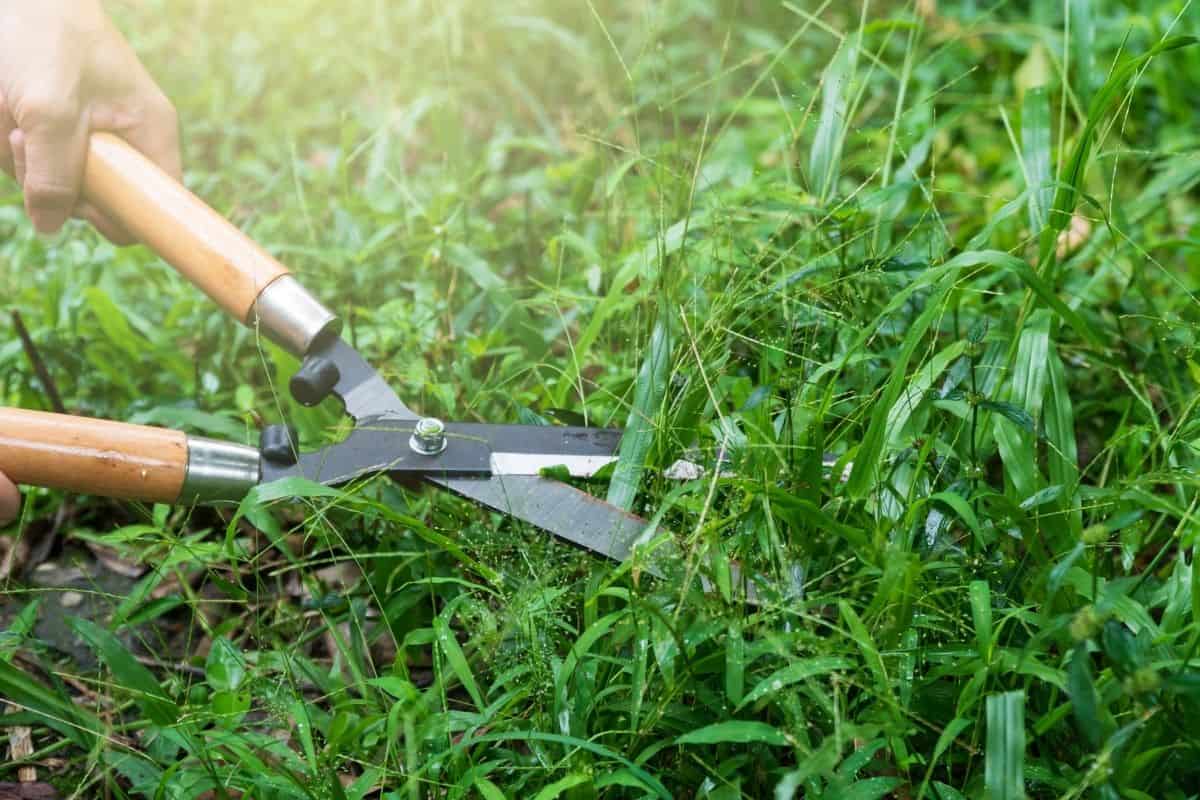
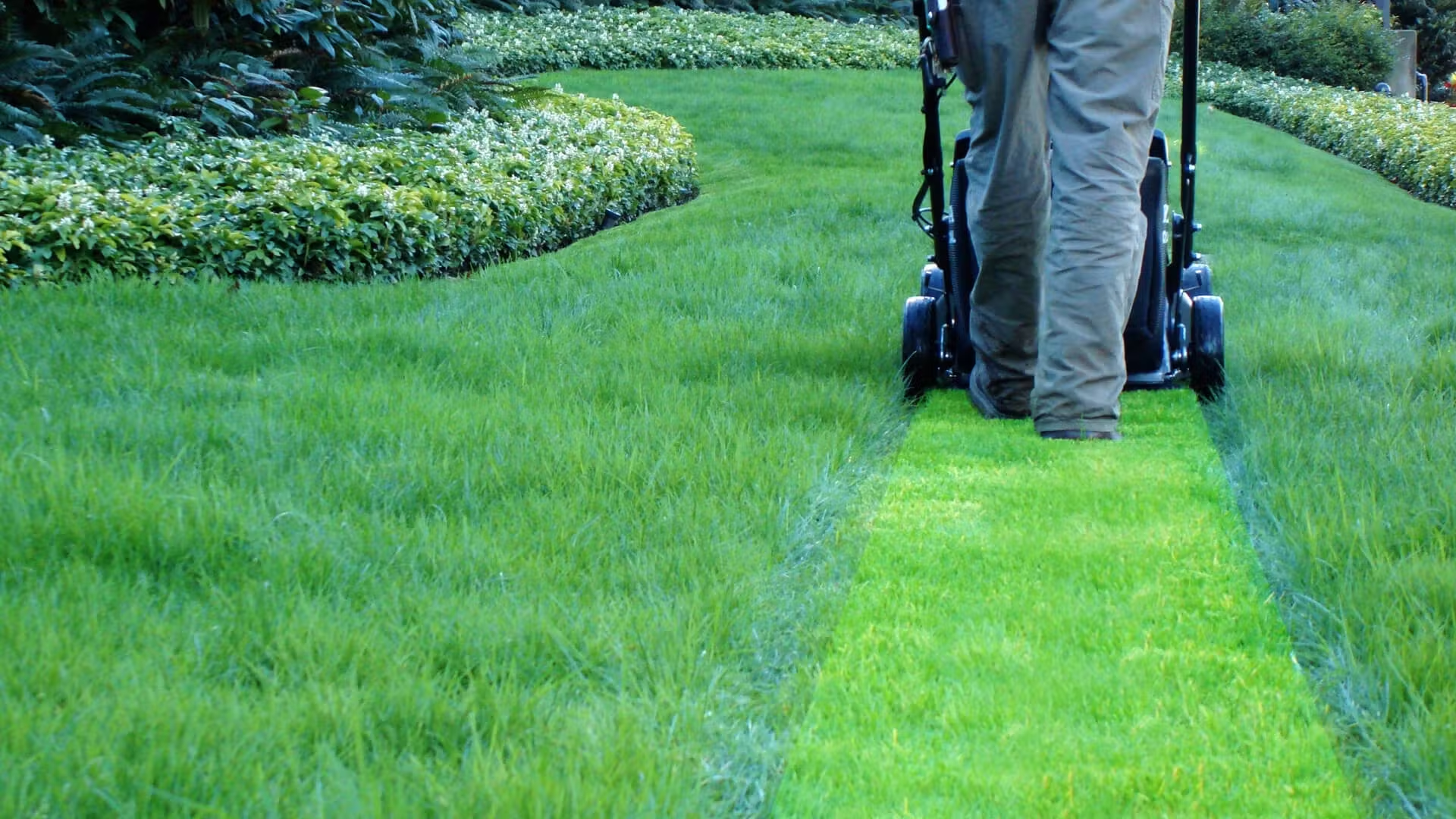

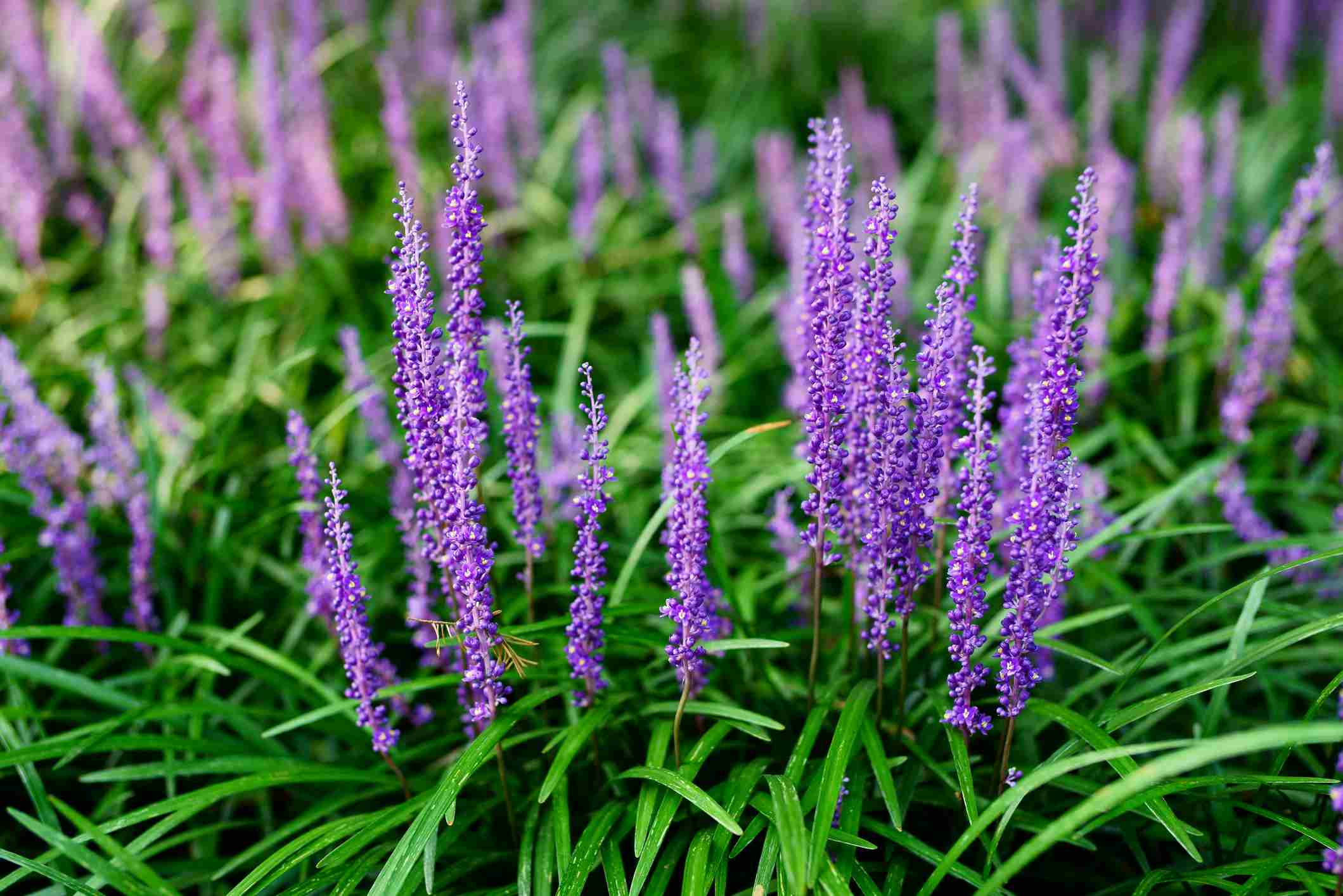
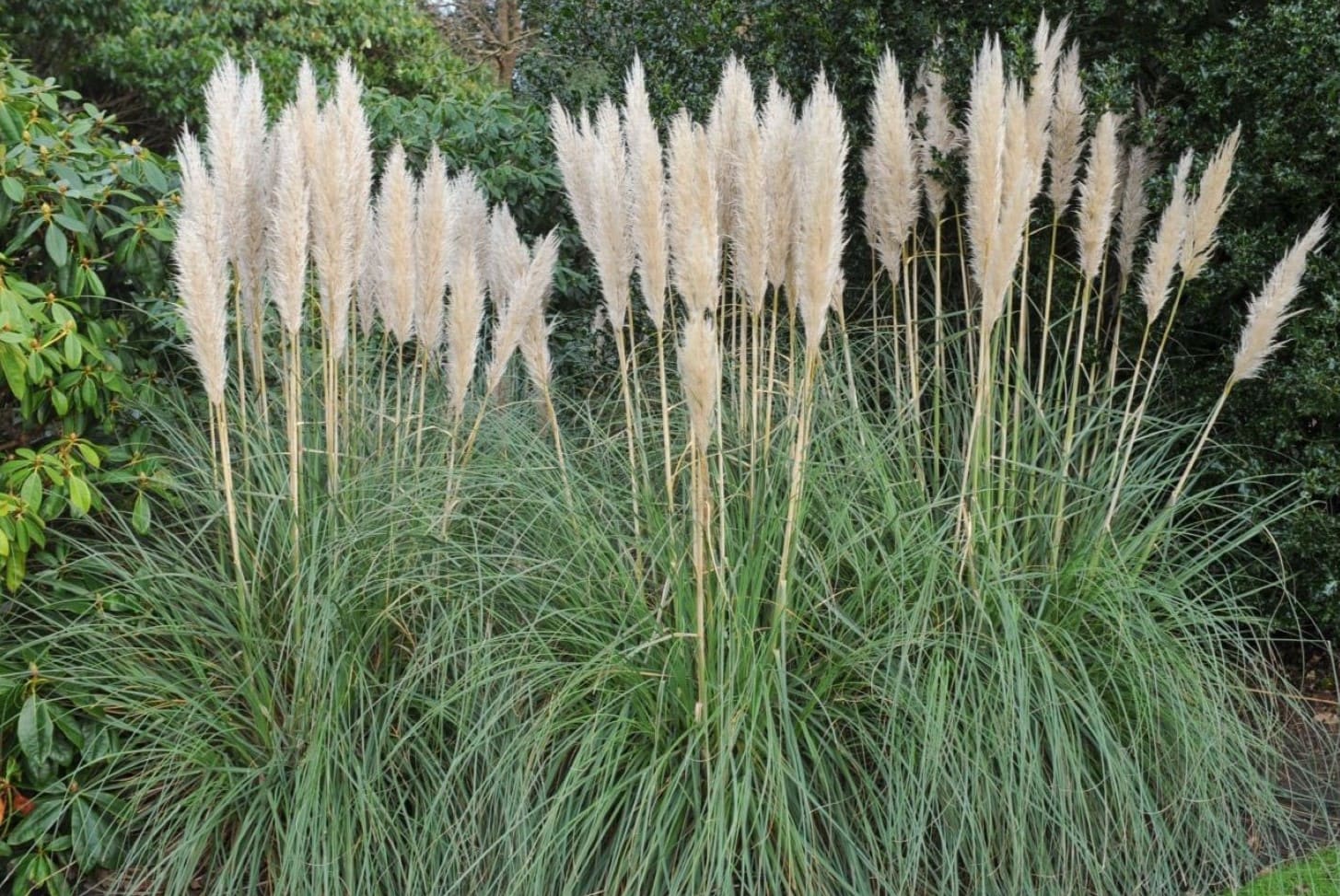
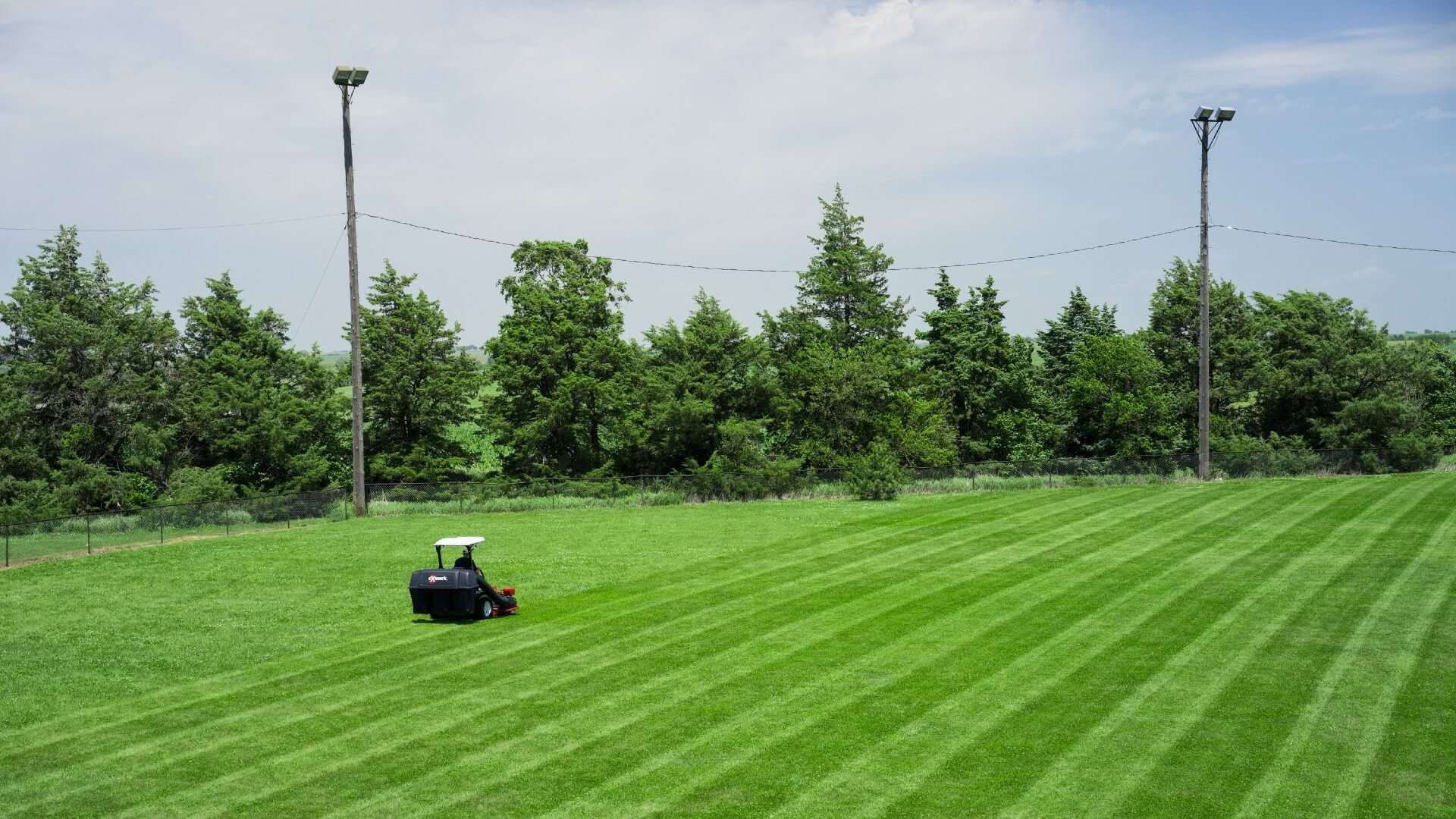
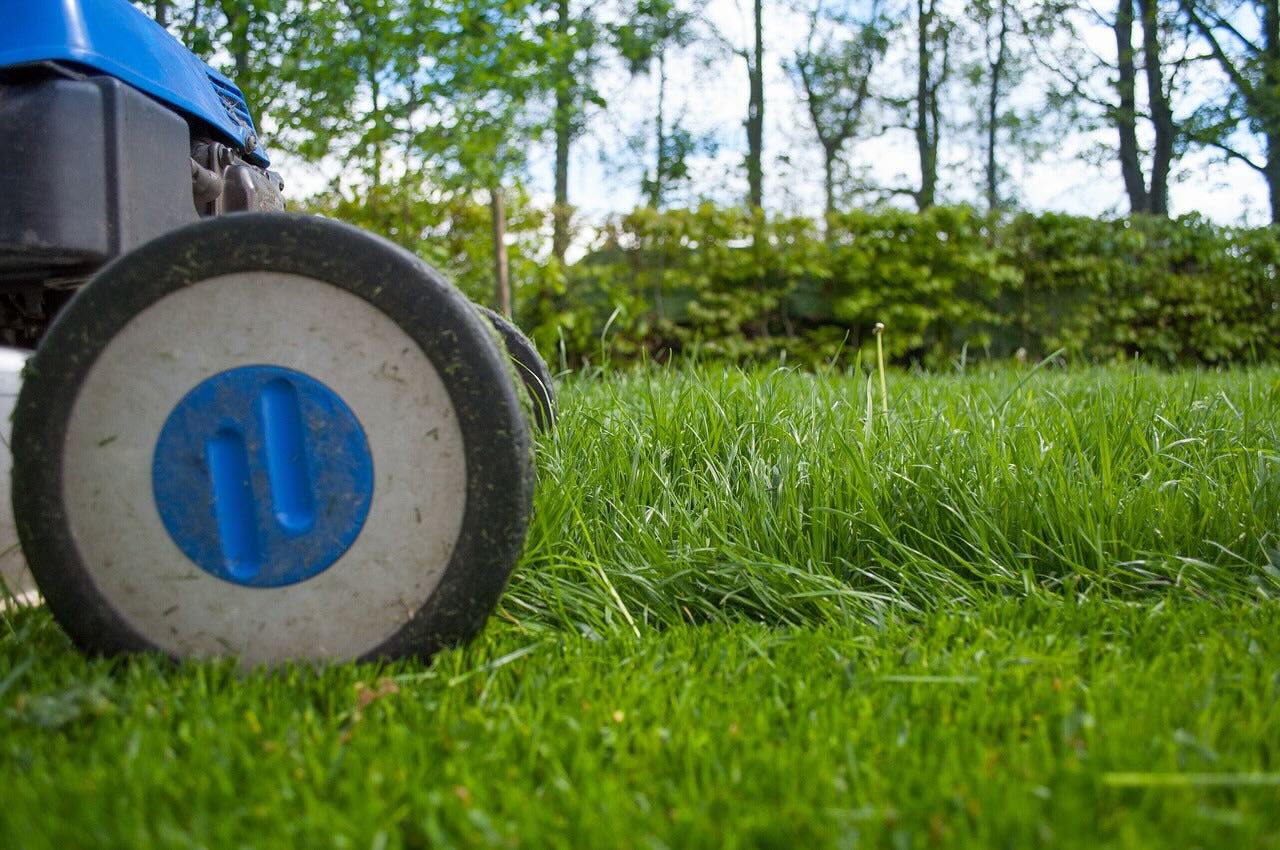

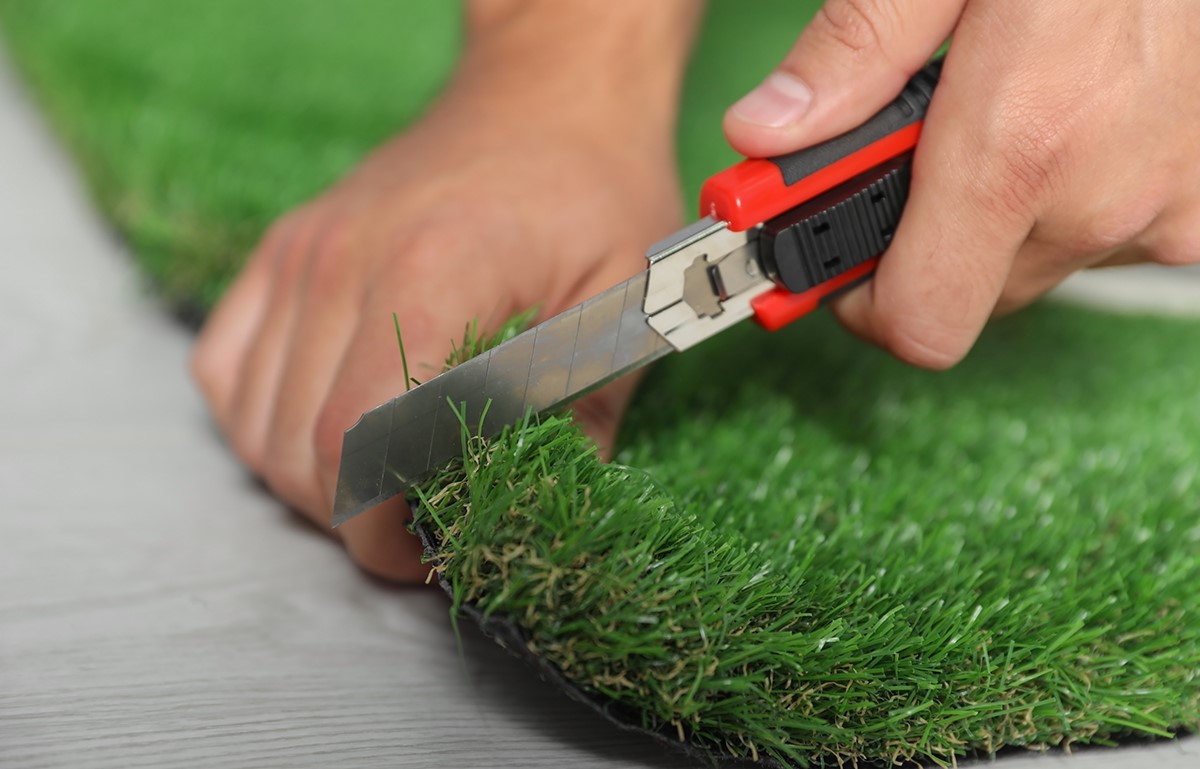
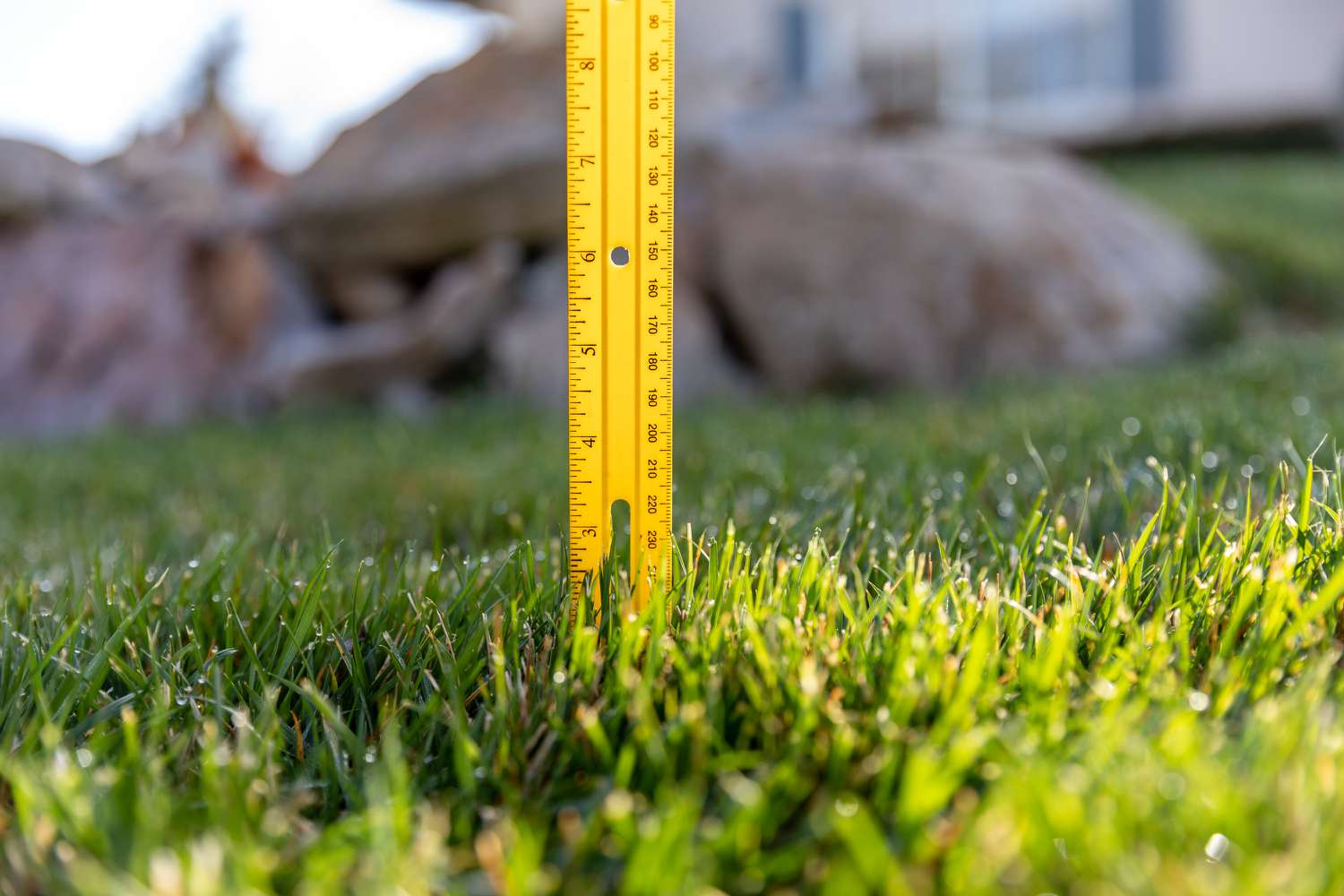
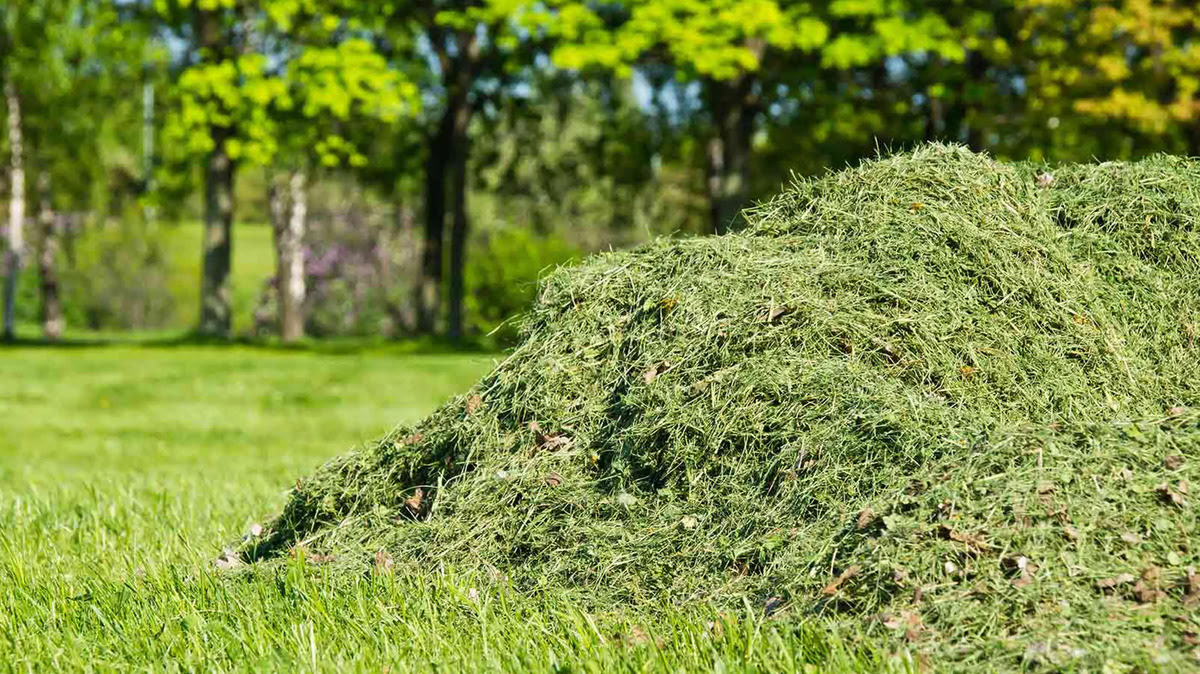
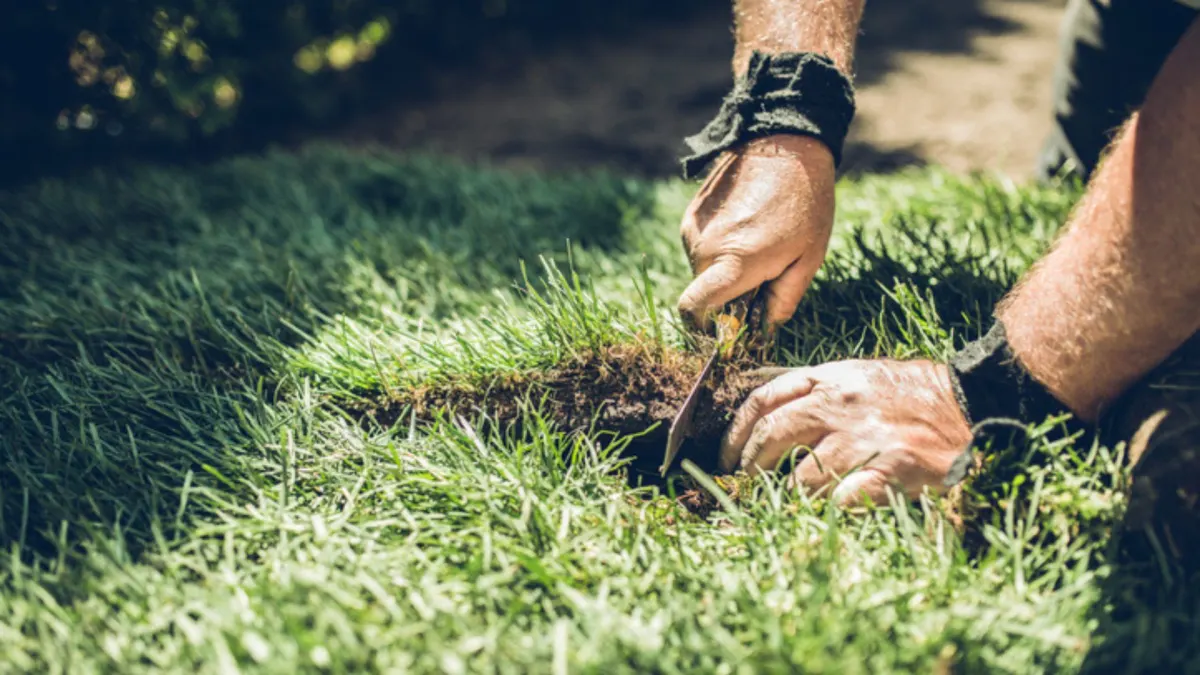
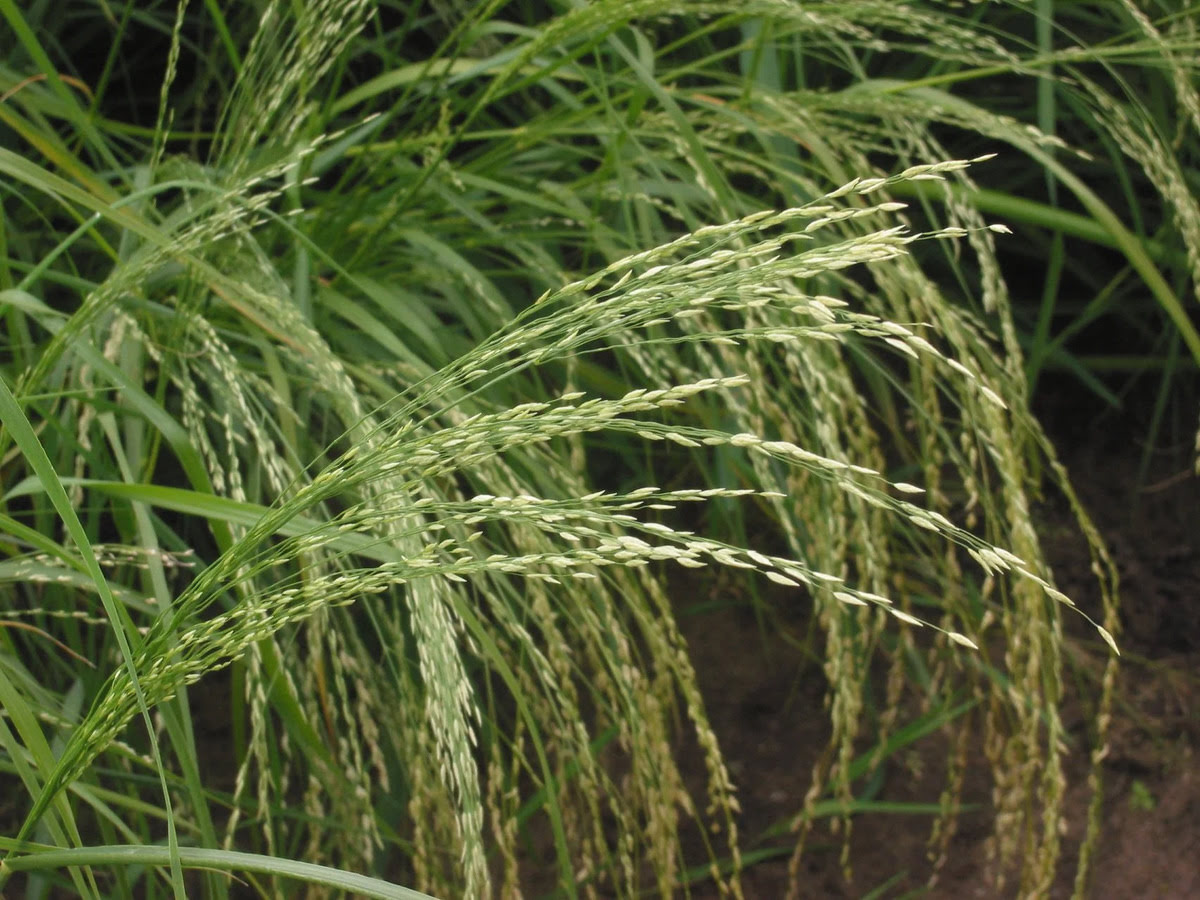
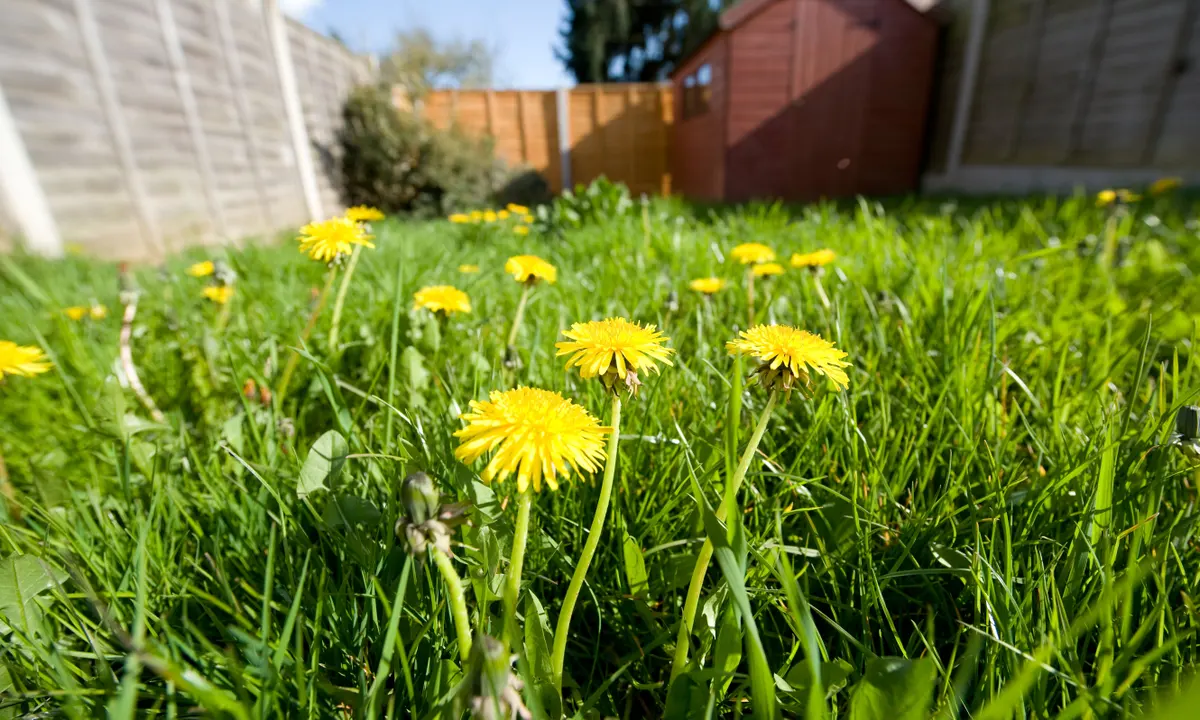

0 thoughts on “Who Cuts The Grass On The Highway”